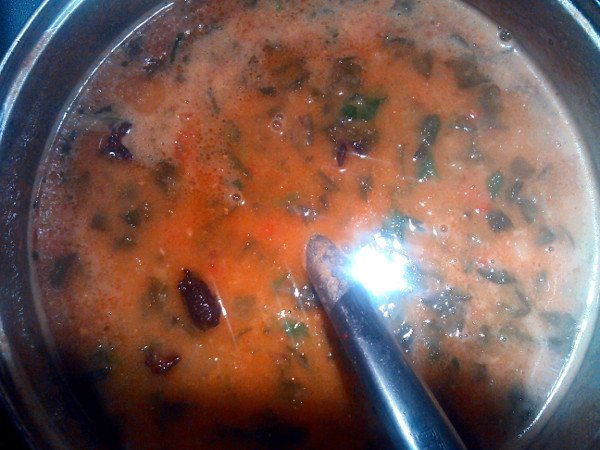<Thank you for your posts, and feel free not to effort out answers and to tell me to google things when I finish grading>
Will they want more to rotate crops/leave things fallow? Or were there three sisters equivalents in Europe?
Does it scale straight up for wanting a group of farmers to be able to support dedicated non-farmers?
Are there real world examples of subsistence farmers having a family of 4 instead of a lot more (assuming their wasn't an epidemic or three sweeping through)?
(As an aside, I can't believe it took me until this year to learn about cenotes in the Yucatan. I wonder what other real world types of water sources there are that I never thought of, and what others there would be in a fantasy world, and what kind of agriculture that could open up).
I was using a family of 4 as an abstract example. But to eat all that bread from a single acre you'd need a family of 102 eating a loaf of bread, each, every day of the growing cycle. You probably won't find many examples of subsistence farming families of a father, a mother, and their 100 children, either.

In practice, particularly in Babylon and other Mesopotamian cities: Farmers grew crops for landowners.
Tenant Farming is and has always been kind of a huge thing. You get to live in a house the landowner owns, but you work the fields and get a share of the profits for it. If the Landowner wants Barely, you plant and harvest barley. If he wants Turnips, you're doing turnips.
So you'd get that plot of land, move your family into the provided housing, farm up acres upon acres of Barley with other tenant farmers, and hand it all over to the Landlord.
While it was growing, your Landlord would give you pay, which put you into Debt until the harvest. And if you needed more money than he was paying, for example buying medicine for a sickness or a goat for a wedding, you could bargain with your landlord to try and get more money before the Harvest as an "Advance", pushing yourself deeper into Debt.
At the end of the growing cycle, you (and your family, and all the other tenant farmers and their families) would head to the fields you'd been working to harvest everything and turn it over to the Landlord. He'd figure out the value of what you produced, put it against your debt, and if it didn't equal the debt you'd get in trouble, usually. If it was greater than your debt the landlord would pocket the rest, and pay you to go replant the fields (Or not, depending on season and such).
This is why the Code of Hammurabi includes a line which amounts to "If the harvest is poor because of storms or locusts, your debt-slate is wiped clean with a wet cloth." Tenant Farming was deeply important, and punishing farmers for a bad season would cost society more than the landowner.
Fields -rarely- lied fallow in Mesopotamia and other River-Cultures. Because you could take that rich dark beautiful soil from the river and spread it over a failing field to renew it.
We don't know nearly as much about subsistence farmers in such situations 'cause arable land was a resource that the people in power tried their best to control. Outside of the river valley of Mesopotamia, most people were herders and hunters. Using biological machines (Goats, Sheep) to turn unusable plantlife (Grasses, scrub brush) into food (milk, meat).






